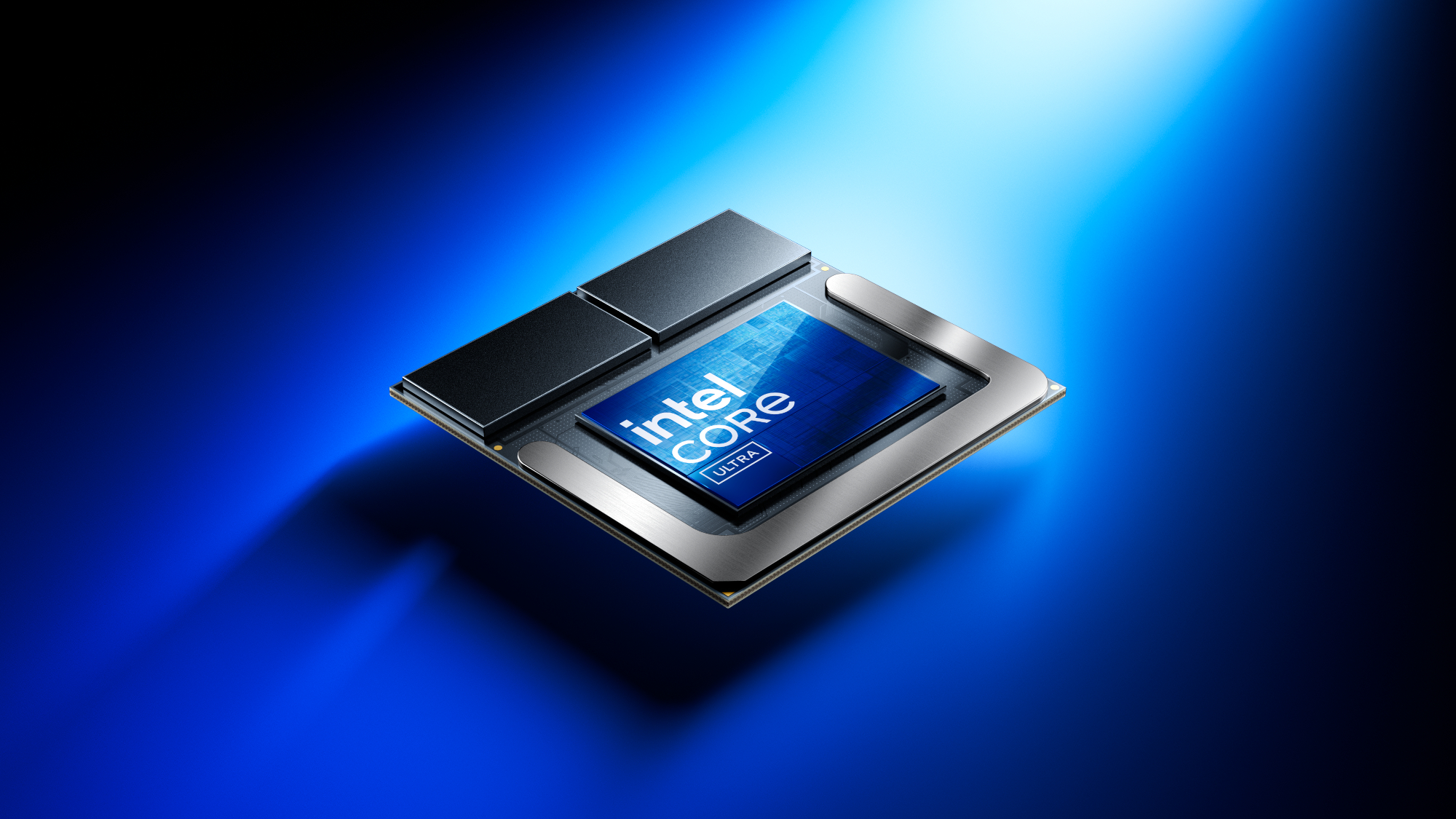
Intel has released its new Intel Core Ultra 200V CPUs, better known as Lunar Lake, and these chips could be the most power-efficient laptop CPUs the company has ever released.
This is a big deal for Intel because the company has been on the defensive in the laptop chip market for years as Apple's M-series chips drive the best MacBooks to new heights of speed and power efficiency.
And while Windows laptops have finally managed to catch up over the last year, it's not because of Intel — it's because Qualcomm's new Snapdragon X Elite and Snapdragon X Plus laptop chips have lived up to their hype by delivering MacBook-beating performance in laptops like the Snapdragon Dell XPS 13 (2024).
So the debut of Intel Lunar Lake is potentially huge because it's Intel's chance to prove it can make laptop chips that compete with the best Apple and Qualcomm have to offer.
Unfortunately, we don't yet know for sure how they stack up against the competition because we haven't had a chance to get any Lunar Lake laptops into our testing lab for benchmarking. When we do, we'll report back on how the numbers shake out so you can know for sure whether a Lunar Lake machine is the right choice for you.
But even without hard data, there's a few things you ought to know about Intel's latest chipset before you start shopping for a new laptop. Here's the top 5 things to keep in mind now that Lunar Lake laptops have arrived for pre-order, with some slated to start shipping as soon as September 24.
Lunar Lake laptops qualify as Copilot+ PCs
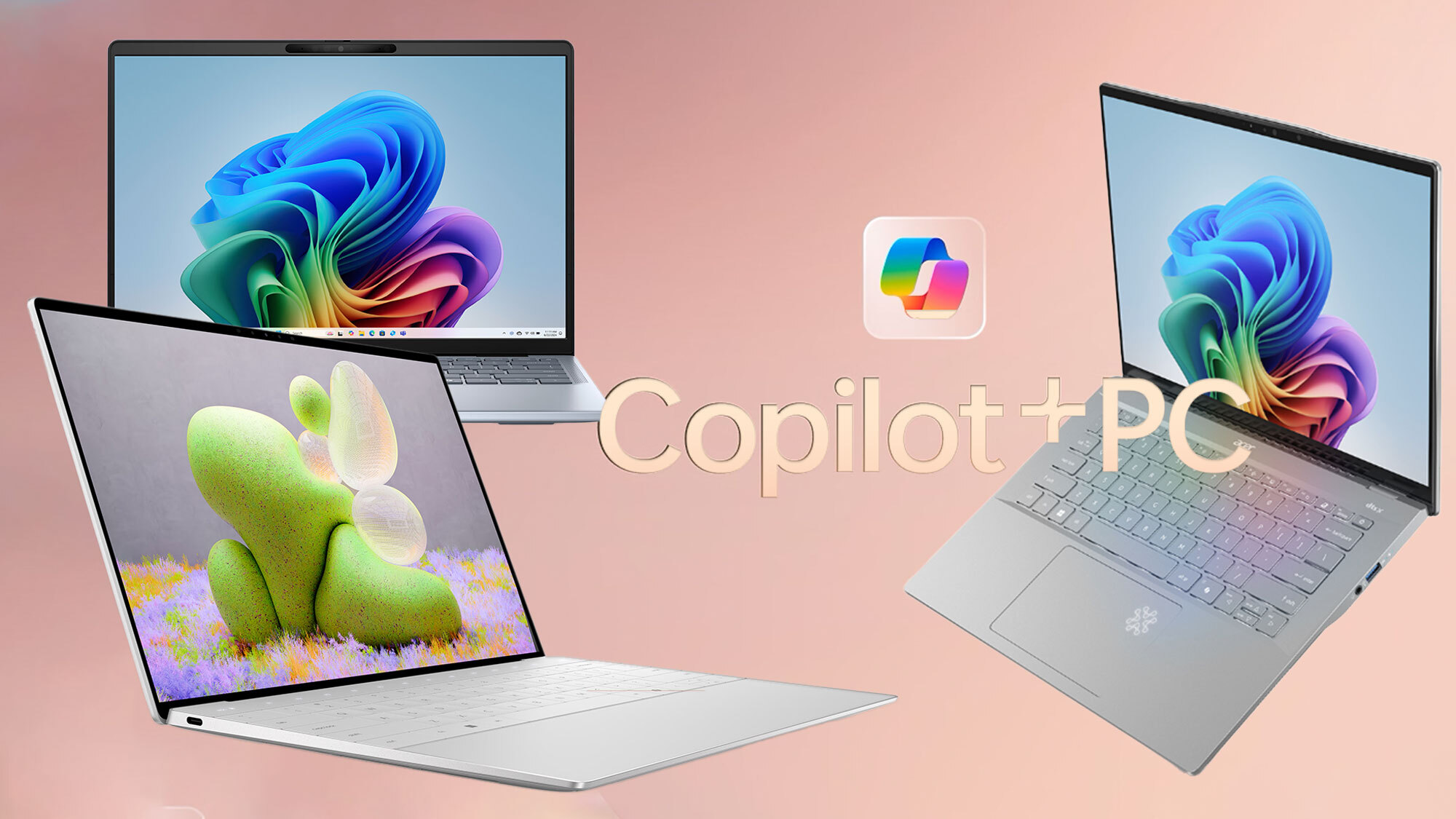
One of the big reasons the launch of Lunar Lake is so notable is that these chips have NPUs (Neural Processing Units) onboard that are capable enough to qualify any laptop which sports them as a Copilot+ PC.
If you're not familiar, Microsoft defined a new category of Copilot+ PCs in 2023 which are the only ones eligible for a handful of new AI-centric features coming to Windows 11 by the end of 2024. These include things like Windows Recall and Live Captions, which aren't critical to Windows' operation but may be nice to have for some folks.
To qualify as a Copilot+ PC a Windows machine must have at least 16GB of RAM, at least 256GB of flash storage and an onboard NPU capable of at least 40 TOPS (trillion operations per second).
Until the end of 2023 Intel had no laptop chips with onboard NPUs, so it was immediately on the back foot when the Copilot+ PC hype train hit. Worse, the first batch of laptop chips it shipped with NPUs (the Intel Meteor Lake chips which debuted in December 2023) had NPUs which weren't powerful enough to meet Microsoft's requirements, whereas Qualcomm's Snapdragon X chips did.
So it's important to know that if you want an Intel laptop that qualifies as a Copilot+ PC, these new Lunar Lake chips are your first opportunity to buy one — so make sure to verify any laptop you want has one of these new Intel Core Ultra 200V CPUs before you pull the trigger. Most manufacturers are putting "Copilot+ PC" branding all over laptops that qualify in order to juice sales, but you should still double-check the CPU before you buy!
Why do I say Intel Core Ultra 200V and not Lunar Lake all the time? Well, it's because...
They're actually branded Intel Core Ultra 200V
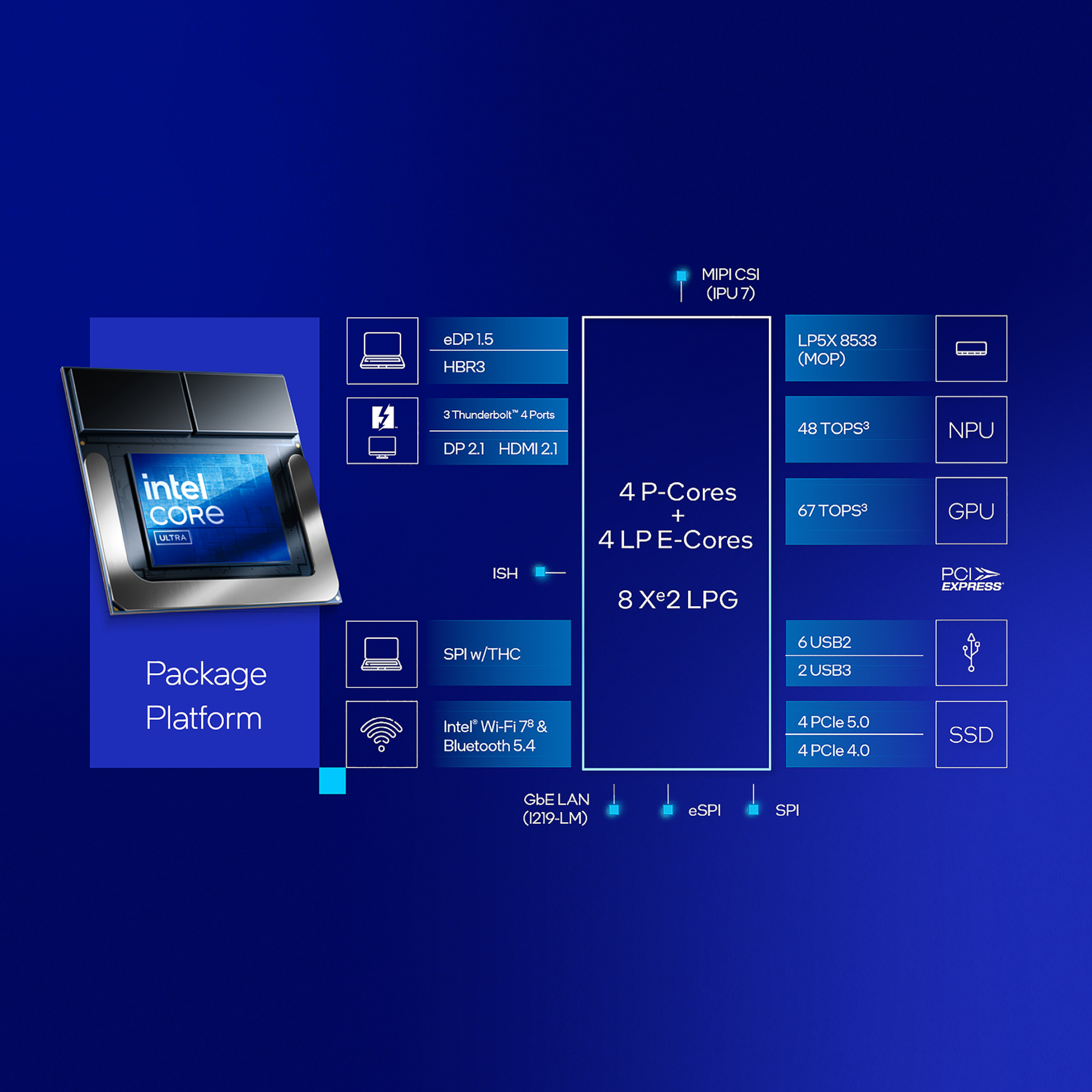
This is pretty basic if you've been following the laptop chip market, but for everyone else it can be a little confusing to see all the hype around Lunar Lake and then start perusing listings of new Lunar Lake laptops, only to find no laptops with Lunar Lake CPUs inside.
That's because Lunar Lake is the official codename term for Intel's latest round of laptop chips, which are technically branded Intel Core Ultra 200V. So when shopping for a Lunar Lake laptop, you want to look for one that has a CPU branded "Intel Core Ultra 5 238V" or something similar.
To show you what I mean I compiled the 9 initial Lunar Lake chips launching at IFA 2024 in a chart above. As you can see, you want to look for "Intel Core Ultra [X] 2XXV" branding when shopping for a Lunar Lake laptop. Generally, the higher the numbers the more powerful the chip.
The Lunar Lake chips are also the first family of Intel chips to launch all supporting its new Intel Arc integrated graphics chipset. These are built-in chips dedicated to rendering graphics, and while they're not as capable as a discrete graphics card like the Nvidia GeForce RTX 4000 family of GPUs they're still nice to have.
They all have upgraded Intel Arc onboard graphics
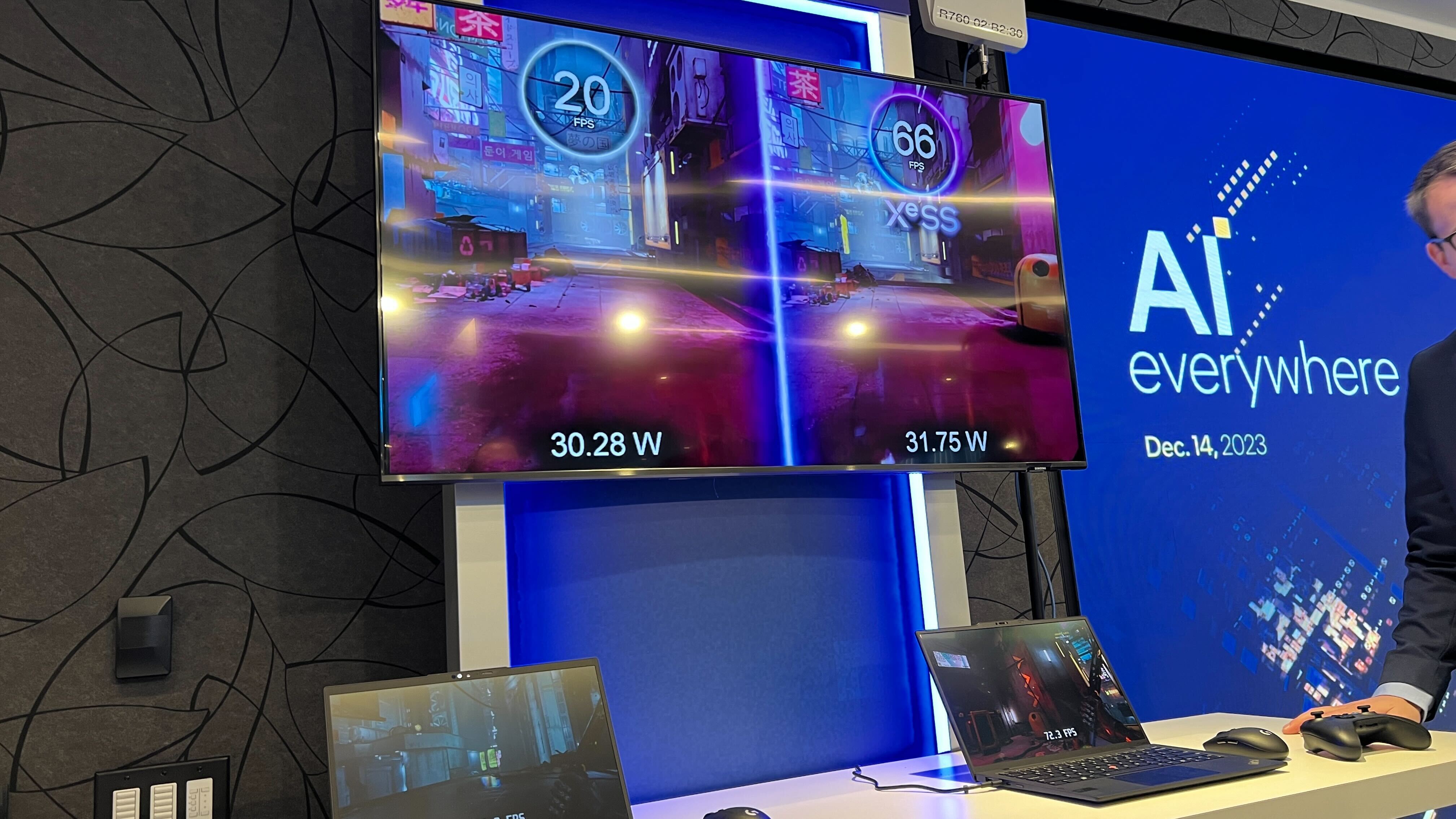
The Lunar Lake chips are also the first family of Intel chips to launch all supporting its new Intel Arc integrated graphics chipset.
These are built-in chips dedicated to rendering graphics, and while they're not as capable as a discrete graphics card like the Nvidia GeForce RTX 4000 family of GPUs they're still nice to have, especially in thin ultraportable laptops which don't have the space to cram in a laptop GPU.
Intel has been putting integrated graphics chipsets into its laptop CPUs for ages, but it upgraded from Intel Iris Xe to Intel Arc with the Meteor Lake chips launched in late 2023.
The fact that these integrated graphics chipsets bear the same branding as the company's new(ish) discrete Intel Arc graphics cards isn't just a marketing maneuver—Intel claims it's applied tech and learnings pioneered in its Arc GPUs to the design of the Intel Arc integrated graphics chipsets.
In simple terms, that means these Lunar Lake CPUS have onboard graphics chips that support Intel's XeSS supersampling technology, which works like Nvidia's DLSS to render images at lower resolution than your display (for faster/better performance) then "upscale" them in real time using machine learning to make the images appear at display resolution.
When XeSS is supported by a game and working as intended, you see more frames per second than you would without it with little to no discernible loss in visual quality.
The tech has been improved since Meteor Lake launched, and Intel claims the new Lunar Lake chips can deliver up to 31% better gaming performance thanks to integrated GPUs built on a new Xe2 architecture that is more efficient than the Xe architecture which underpinned Meteor Lake.
So not only can you count on getting this upgraded integrated GPU tech no matter which of the new Lunar Lake chips comes in your laptop, you can also expect better performance than we saw out of the Meteor Lake laptops currently on the market.
They're built on the more common x86 architecture
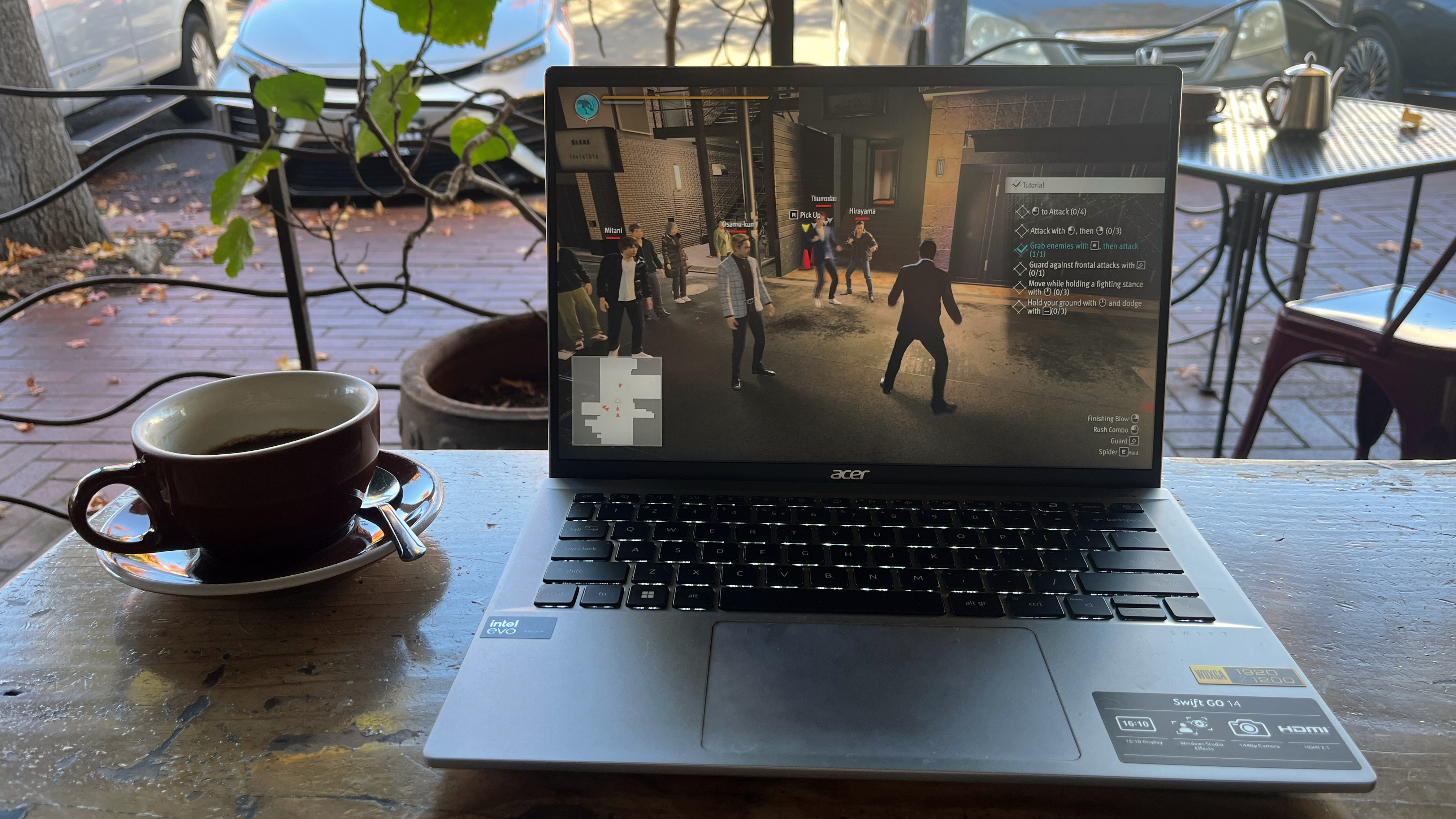
Another key reason Lunar Lake is so exciting is kind of boring when you think about it: x86 architecture.
Chip architecture is a complicated subject, but put simply: Intel Core Ultra chips are built to use a different set of instructions than Qualcomm's Snapdragon chips, which are built on Arm architecture.
Arm is typically the architecture of choice for CPUs for mobile devices like tablets, smartphones...and laptops like M-series MacBooks and Snapdragon Windows machines. The advantage to Apple and Qualcomm using Arm in their chips is that the architecture is optimized for power efficiency, which likely has something to do with the killer battery life delivered by their laptops.
But there's still a lot of Windows apps that aren't optimized for Arm or simply don't run at all, including many popular games like Destiny 2, Metro Exodus and Valorant.
This is at least partly why I assume we haven't seen any gaming laptops launching with Snapdragon chips: they're terrible at running games. So Intel chips have been the only real option for folks who want laptops that are optimized for gaming, and the new Lunar Lake chips offer the compelling promise of MacBook-beating battery life and full support for all the best PC games.
Intel is promising much better battery life
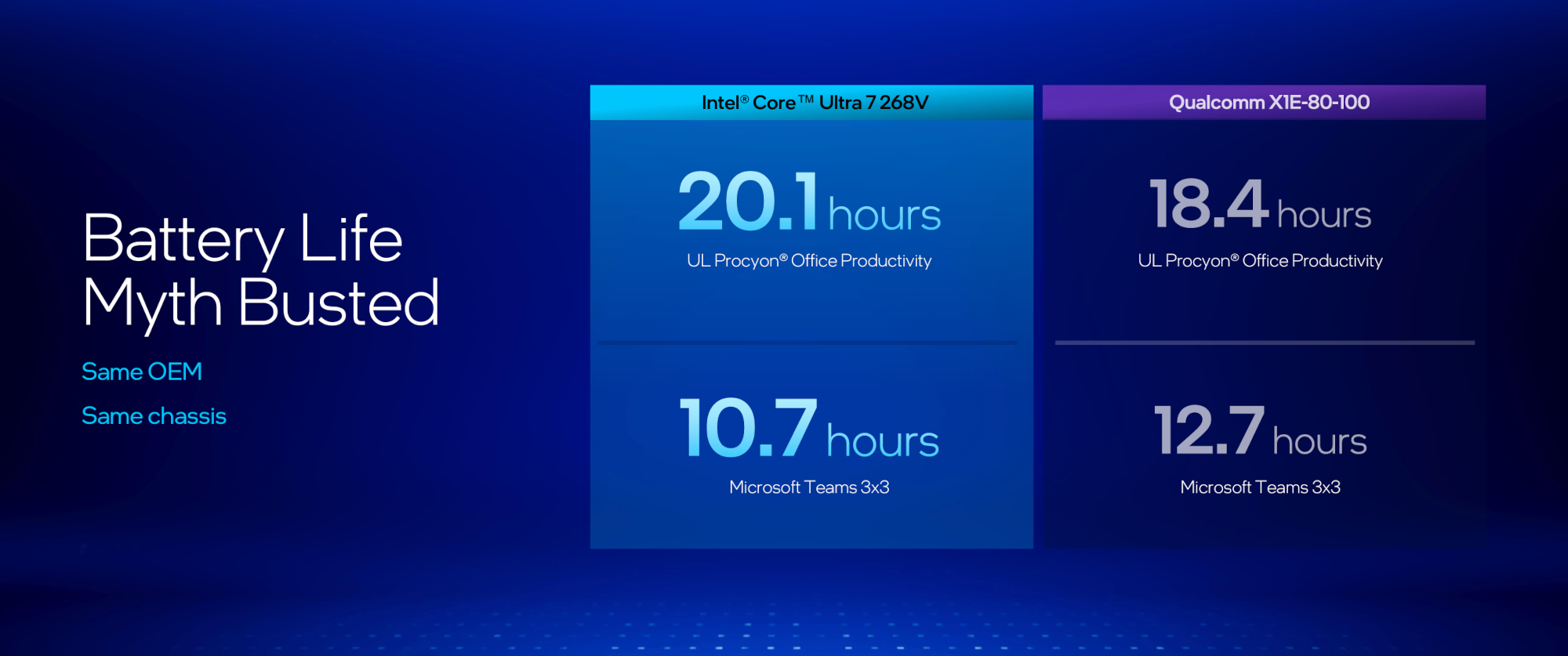
While they're better at running games than their Arm counterparts, Intel's x86 laptop chips have lagged behind the competition for years when it comes to power efficiency.
There are a host of reasons for this that are awfully technical to get into here, but the important thing to know is that Intel needs to catch up to Apple and Qualcomm in this department if it wants to power ultraportables that rank among the best laptops for battery life — and Intel knows it.
That's why the company has put out a lot of advertisements about how great battery life can be on Lunar Lake laptops, and while we haven't had a chance to test them ourselves yet the promises are awfully compelling.
Specifically, Intel claims Lunar Lake chips will consume up to 50% less power than Meteor Lake and can last up to 2 hours longer than a comparable Snapdragon X Elite laptop in the Procyon office productivity benchmark test.
Of course, those are benchmark tests run by Intel and reported by Intel, so we can presume the company is showing its new chipsets in their best possible light. We'll have to wait and see how Lunar Lake laptops actually hold up in our own lab battery tests — stay tuned!







